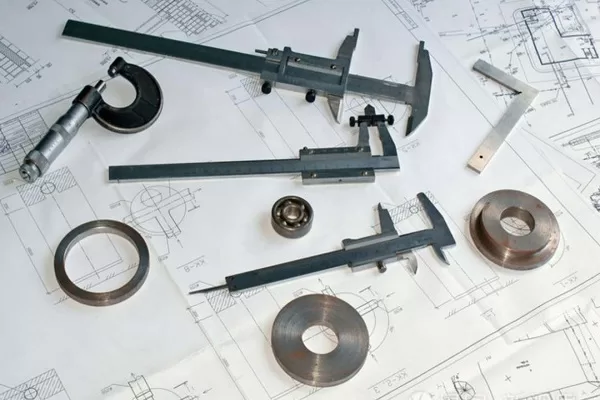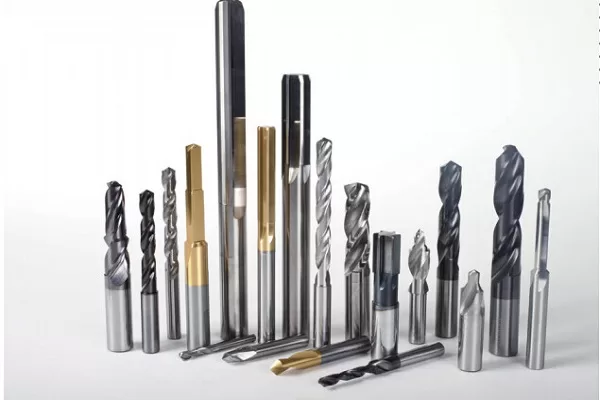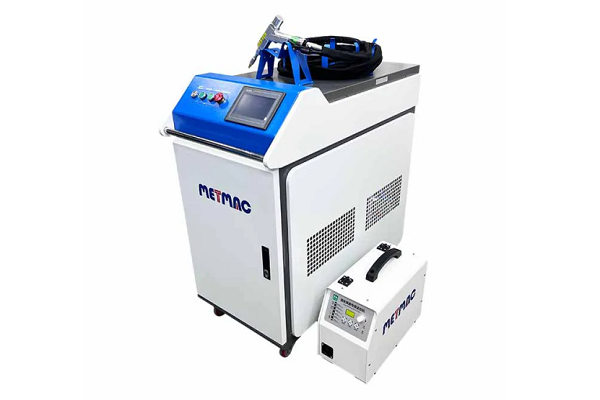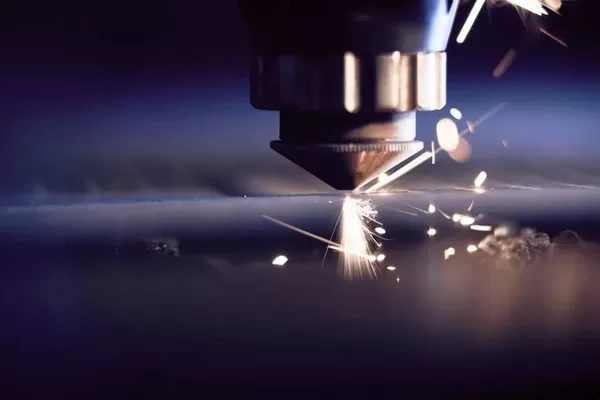
Quality Control Tips for Precision Metal Bending with Press Brakes
- By:Metmac
- 2024-07-30
- 111
Press brakes are essential tools in the metal fabrication industry, capable of bending metal sheets and plates into precise shapes. Achieving high-quality bends requires meticulous attention to detail and adherence to best practices throughout the bending process. This article presents comprehensive Quality Control (QC) tips to ensure precision metal bending with press brakes.
Material Selection and Preparation
Proper material selection is crucial for successful bending. Consider the material’s thickness, strength, and ductility. Prepare the material by cleaning and removing any surface imperfections that could affect the bend quality.
Machine Calibration and Maintenance
Calibrate the press brake regularly to ensure accuracy. Inspect and maintain all components, including the ram, table, dies, and sensors. Proper lubrication and alignment are essential for precise bending.
Die Selection and Setup
Choose the appropriate die for the desired bend radius and material thickness. Ensure proper setup and alignment of the dies to avoid material damage or inaccuracies. Use shims as necessary to compensate for material variations.
Bending Sequence Optimization
Plan the bending sequence to minimize material deformation and maintain part consistency. Start with simple bends and gradually work towards more complex ones. Avoid overbending as it can weaken the material.
Monitoring and Adjustment
Monitor the bending process closely. Use sensors to track ram position, pressure, and material strain. Adjust parameters as needed to maintain accuracy and consistency. Inspect bent parts regularly for deviations from the intended shape or dimensions.
Tooling Maintenance and Inspection
Regularly inspect and maintain bending tools, including dies, punches, and shims. Sharpen or replace tools when necessary to ensure clean and precise bends. Clean and lubricate tools to prevent wear and corrosion.
Environmental Control
Control the environmental conditions in the bending area. Temperature and humidity fluctuations can affect material properties and bending results. Maintain a consistent temperature and avoid excessive moisture to ensure optimal bending quality.
Operator Training and Certification
Train operators on proper press brake operation, maintenance, and QC techniques. Certify operators to ensure they understand and follow established best practices. Provide ongoing training to enhance skills and maintain high-quality standards.
Quality Control Standards and Documentation
Establish clear QC standards and document the bending process parameters. This includes material specifications, die selection, bending sequence, and inspection criteria. Maintain records of bending operations to track quality and identify areas for improvement.
Continuous Improvement
Continuously evaluate the bending process and identify opportunities for improvement. Consider implementing advanced technologies, such as automatic die adjustment or laser measurement systems, to enhance precision and efficiency. Seek feedback from operators and involve them in the improvement process.
-
The Advantages of Using a Sheet Roll Forming Machine in Manufacturing
2024/09/14 -
How to Optimize Your Laser Sheet Cutting Machine for Maximum Performance
2024/09/12 -
How to Maximize Efficiency with Modern Sheet Metal Working Machines
2024/09/04 -
The Environmental Benefits of Using Duct Board Grooving Machines
2024/09/03
-
Integrating Automation with Rectangular Duct Machines for Enhanced Productivity
2024/05/11 -
Metal Shear Machines- Essential Tools for Precision Metal Cutting
2024/05/11 -
Understanding the Role and Function of Steel Strip Slitting Machines
2024/05/11 -
Maintenance Tips for Longevity of HVAC Duct Machines
2024/05/11
-
A Guide to the Latest Innovations in Sheet Metal Folding Machines
2024/11/29 -
Key Features to Consider When Investing in a Sheet Metal Folding Machine
2024/11/28 -
Enhancing Precision with Advanced Sheet Metal Folding Machines
2024/11/27 -
How to Choose the Right Sheet Metal Folding Machine for Your Workshop
2024/11/26



